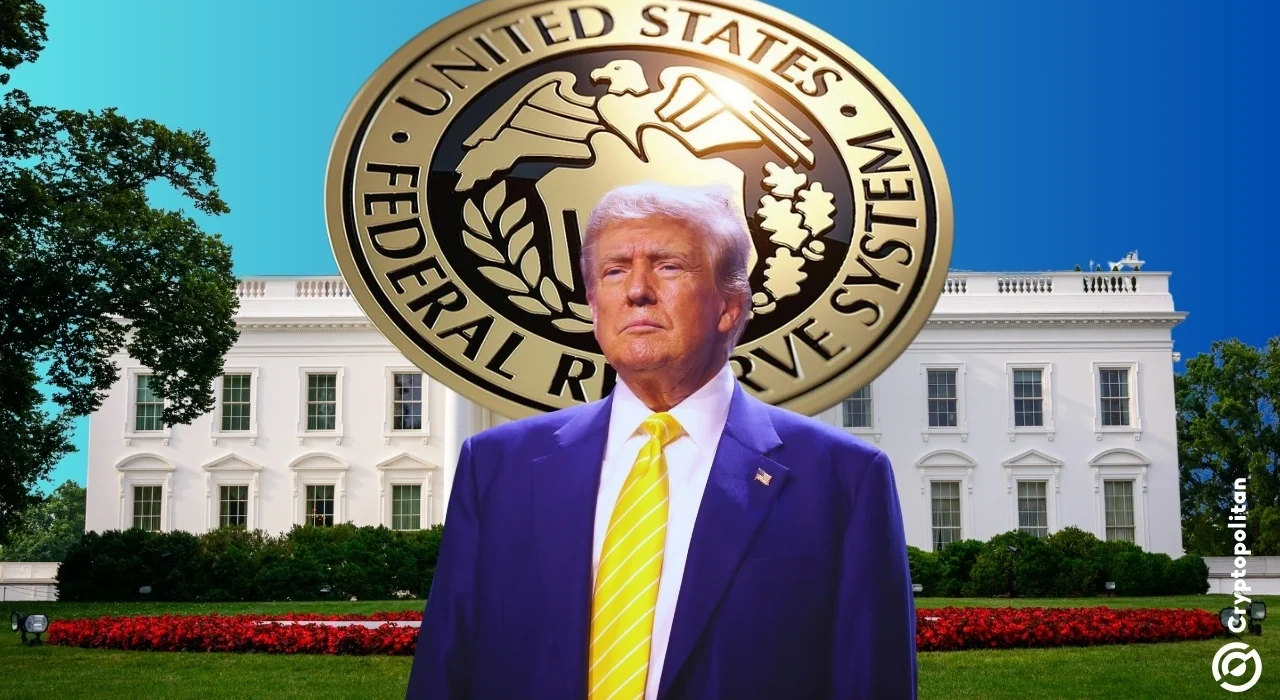The stock market is on fire, and Donald Trump’s election win is the match that lit it. The S&P 500 hit record highs as investors jumped on the so-called Trump trade, banking on the president’s pro-business policies.
While Wall Street celebrates, the Federal Reserve has some math to do. Rising portfolio management costs, thanks to the rally, are pushing up the personal consumption expenditures (PCE) price index—the Fed’s preferred gauge for inflation.
This chain reaction is expected to keep interest rates elevated, forcing policymakers to hold their ground. Economists are already tracking the fallout. Services inflation, a stubborn part of the PCE index, is projected to climb 0.2% in October from the prior month and 2.3% compared to last year.
Portfolio management costs drive inflation
Here’s how the numbers stack up. Portfolio management and investment advice costs—a subcategory of the PCE index—mirror the stock market. When stocks soar, so do the fees asset managers collect.
October’s producer price index showed a 3.6% jump in these costs, the highest in six months. The PCE index uses the same data, and the results will be clear in Wednesday’s report.
Introduced in the early 2000s, this component makes up only 1.5% of the overall PCE basket. Yet, it punches above its weight during market surges.
Economists expect it to remain a “persistent source of inflation,” driven by Trump’s anticipated economic policies, according to Bloomberg analysts Eliza Winger and Estelle Ou.
The Fed has noticed. While officials aren’t rushing to slash rates, they’re watching these inflation metrics closely. Veronica Clark, an economist at Citigroup, admits the volatility of portfolio management costs makes them less concerning in the long run.
“It’s not necessarily something you ignore,” she said. “But strength from that component isn’t really something that would be so concerning to Fed officials.”
Trump’s policies shape market expectations
Trump’s economic agenda is already setting the tone. Economists are revising inflation forecasts upward for 2025, with the core PCE index now expected to rise 2.3% on average. That’s up from last month’s 2.2% estimate.
Portfolio management costs are a key driver, but they’re not acting alone. Policies like proposed tariffs of up to 20% on imports and 60% on Chinese goods are expected to stoke inflation. Trump’s plan also includes mass deportations of undocumented migrants and demand-spurring tax cuts.
Kathy Bostjancic, chief economist at Nationwide Mutual Insurance, said, “We’ve adjusted our inflation forecast to account for a 30% increase in tariffs on Chinese goods. Any further changes will depend on what the administration enacts.”
Businesses are scrambling to adapt. Bloomberg’s survey of 83 economists highlighted a rush to stock up on imports before tariffs rise. This preemptive buying could skew early 2025 growth projections. Companies are bracing for disruptions, but some are also optimistic about lower taxes and reduced regulatory uncertainty.
Economic growth gets a boost
Gross domestic product (GDP) is now projected to grow by 2% in 2025, up from last month’s 1.8% forecast. Consumer spending is leading the charge, with stronger projections extending through mid-2025.
This optimism is expected to lift job creation, though not as much as in previous years. Payroll growth is projected to average 126,000 jobs per month in 2025, down from 172,000 this year.
Meanwhile, recession fears are easing. Economists peg the likelihood of a downturn at 25% over the next year, unchanged from last month and the lowest since March 2022. Even with inflation concerns, Trump’s policies are giving the economy a shot of adrenaline.
Policymakers are expected to slow their pace of rate cuts in 2025. While a third consecutive cut is likely next month, the Fed is projected to hold rates steady in January. For the year, the federal funds rate is expected to hover between 3.25% and 3.5%, a more cautious stance than economists predicted a month ago.
At the same time, the stock market continues to complicate the equation. Rising portfolio management costs may not be a dealbreaker, but they’re another variable in an already complex environment.
A Step-By-Step System To Launching Your Web3 Career and Landing High-Paying Crypto Jobs in 90 Days.








